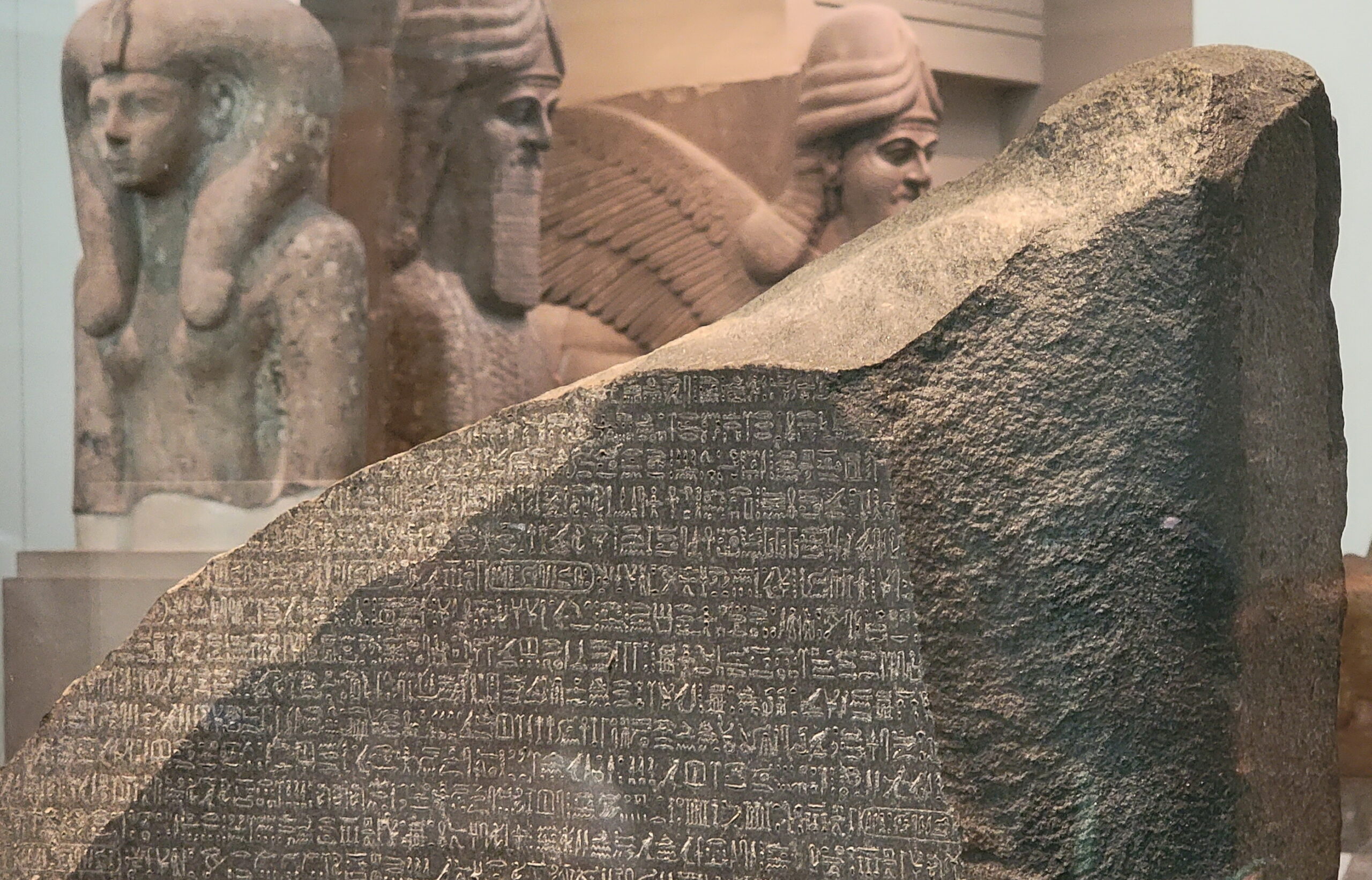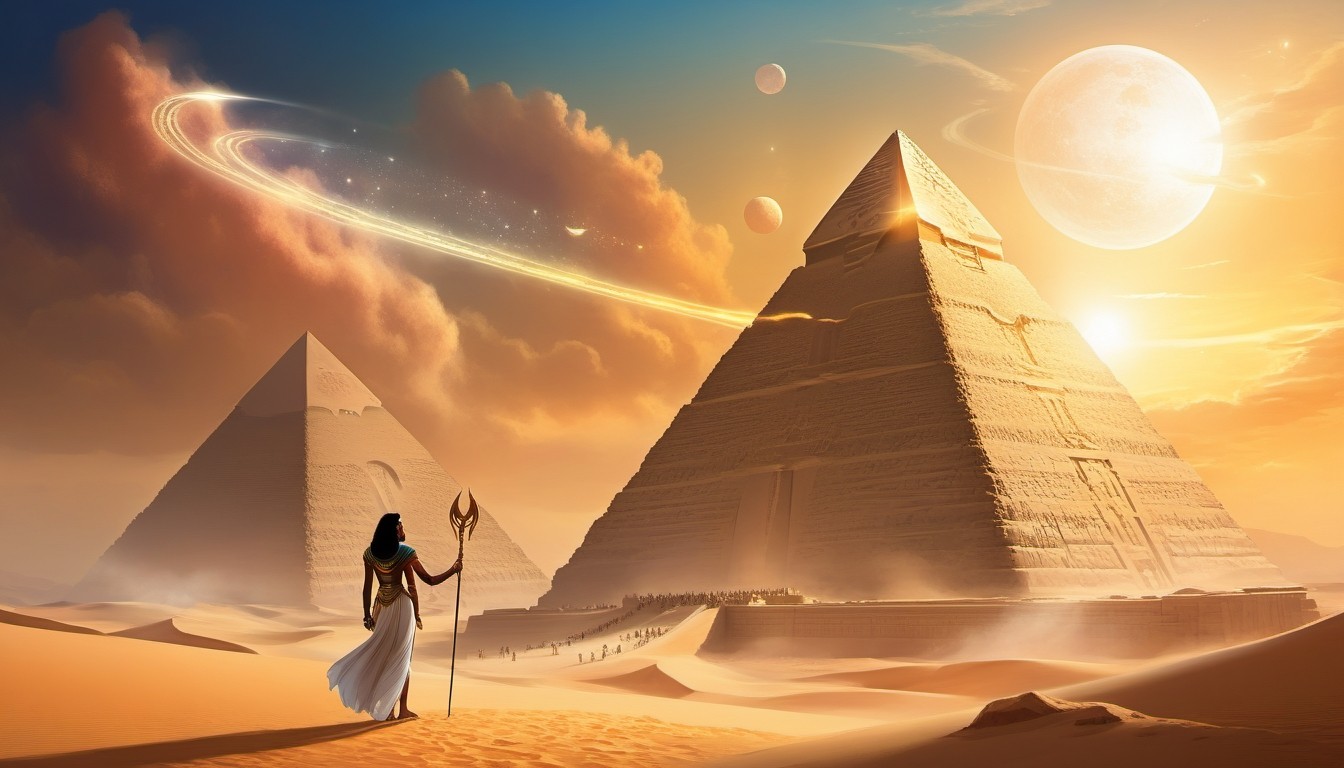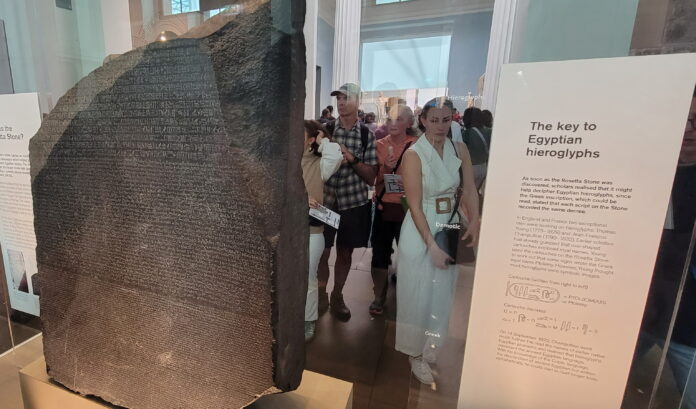The Rosetta Stone is rightly considered one of the greatest discoveries in the history of archaeology. It was through its help that scholars were finally able to decipher Egyptian hieroglyphs, which was a major breakthrough in Egyptology since the discovery of the pyramids.
A Valuable Find
Not far from the Valley of the Kings lies an unassuming settlement. Its inhabitants eked out a living by looting tombs and selling their findings in local markets for a piece of bread with butter. It’s impossible to imagine how many valuable artifacts were lost forever through such systematic tomb plundering. Many researchers lament that if not for the systematic looting of tombs, the secrets of ancient Egyptian writing could have been unraveled much earlier.
But let’s return to the story of the Rosetta Stone. In the 19th century, Napoleon’s army entered Egypt. Soldiers were accompanied by historians, artists, and archaeologists. They sought to document everything they saw, collecting valuable artifacts and texts that could benefit French science.
In the Nile Delta, French soldiers began to build Fort Saint-Julien. The fort was located near a town called Rosetta. During the digging of trenches, soldiers found an unusual stone, which was a slab covered with strange symbols. The stone was immediately sent to the Institute of Egypt.
Three years later, the French expedition ended. Napoleon’s army was pushed out by British forces, and the Rosetta Stone ended up in England. By the way, the artifact is still kept in the British Museum, despite numerous demands from Egyptian scholars to return it to its historical homeland.
What Is the Rosetta Stone?
This artifact looks like a polished slab on one side. Its smooth side is covered with inscriptions in three languages: Ancient Egyptian hieroglyphs, Greek letters, and Egyptian script.

Interestingly, the stone was once part of a massive structure. This conclusion was drawn based on the fact that none of the inscriptions on it are complete.
The part of the text written in Greek was deciphered almost immediately. After that, fragments written in the Egyptian script were translated. Both fragments contained the same information. It turned out that the stone was created in 196 BCE and contains a tribute to the Egyptian ruler Ptolemy V.
However, difficulties arose with the texts written in hieroglyphs. It took scientists nearly three decades to understand their meaning. This was done purely by chance by the father of Egyptology, Jean-François Champollion.
The Mystery of Egyptian Hieroglyphs
The story of deciphering ancient Egyptian writing is like an exciting movie. Once, a magazine with a photograph of the stone fell into the hands of a nine-year-old boy named Jean, the son of the owner of a bookstore. This boy was unusually smart and advanced for his age: by the age of five, he could already read fluently.
Jean was struck by the beauty of Egyptian hieroglyphs. Perhaps this impression was so strong that he dedicated his entire remaining life to studying the history of Ancient Egypt. And by the age of 13, he had learned Latin and Chinese just to understand how close they were to Egyptian. At 15, Jean studied Coptic. And at 17, the wunderkind became a member of the French Academy of Sciences.
In deciphering the symbols, Jean was guided by an interesting idea. While previous researchers tried to understand the meaning of each individual symbol, the young Egyptologist decided to look for understandable words and combinations of symbols. He started with the known names of rulers that were surely mentioned on the Rosetta Stone.
Thanks to this approach, Jean actually succeeded in achieving his goal. He found a repeating combination of symbols that clearly indicated the name of Ptolemy. Armed with a combination of symbols whose meanings were known, he deciphered each hieroglyph on the Rosetta Stone step by step.
In 1822, Champollion published a book on the system of ancient Egyptian writing. This year is considered the birth year of Egyptology.
Unfortunately, the fate of the scientist ended rather tragically. Jean had weak health from childhood, and travel was contraindicated for him. But the scientist dreamed of visiting Egypt, which he loved with all his heart. And he fulfilled his dream. But the trip undermined his already weak health. And Champollion’s life ended when he was only 41 years old. The scientist’s main work on ancient Egyptian grammar was published only after his death…
*****
The mystery of the Rosetta Stone has long been solved. Thanks to this accidental find, we gained access to knowledge about the history of the mysterious ancient Egyptian civilization. And all of this was achieved through the efforts of one person, as passionate as he was brilliant.
